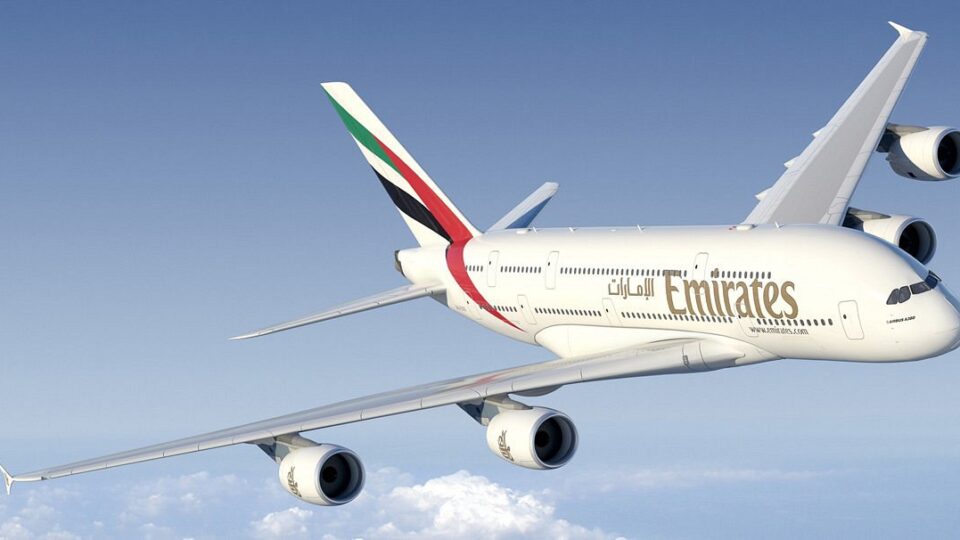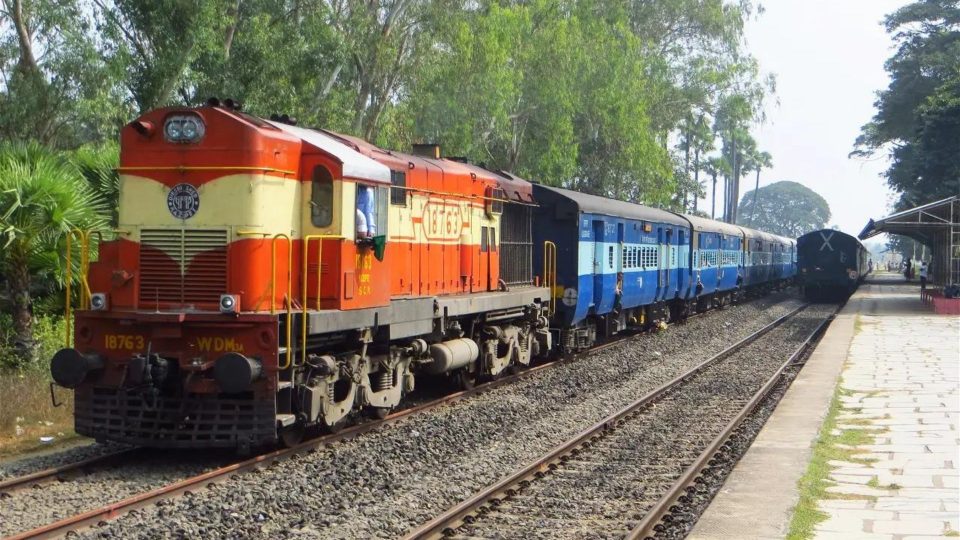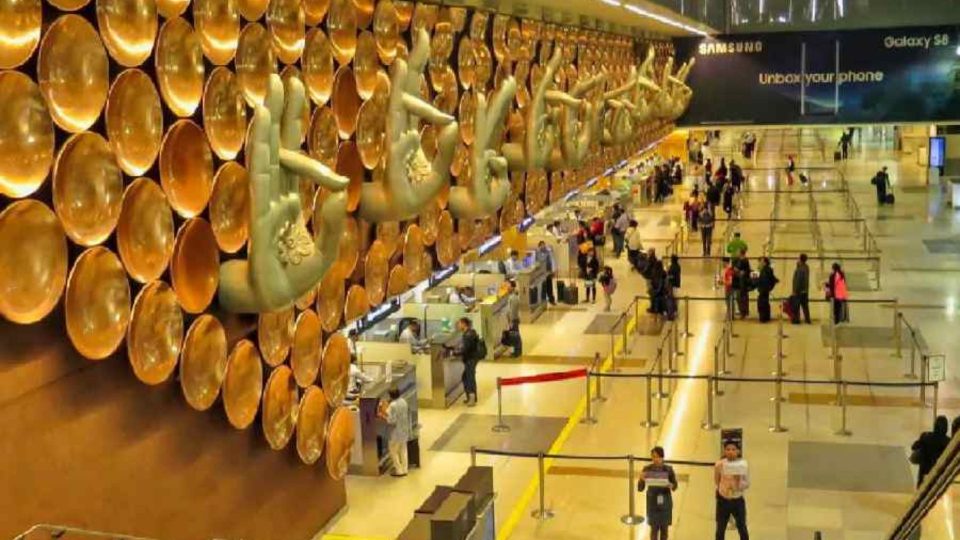
The longest train tunnel in India, known as Pir Panjal (or T-80), is the only wide-meter mountain railway in the nation and runs through the Pir Panjal mountain range between Quazigund and Baramulla in Jammu and Kashmir. It is regarded as a project of national importance.
The 11.2-kilometer tunnel is a portion of the Northern Railways’ 272 km Udhampur – Srinagar – Baramulla rail connection project. It is located 440 meters under the current Jawahar Tunnel, which is closed during the winter months due to excessive snowfall in the area.
The longest railway tunnel in the nation completed its trial run in 2013 when a train travelled the 11 km stretch in 20 minutes. The entire 17.5-mile journey from Qazigund to Banihal took 30 minutes.
The tunnel was originally a section of the 119-kilometer Quazigund to Baramulla railway route, which started service in October 2009. The gap of just 11 km was created by the Pir Panjal tunnel between Banihal in the south and Quazigund in the north.
A 3 m wide road runs beside the 8.4 m wide tunnel for emergency and maintenance needs. Snow has less effect on the railway tunnel since it is maintained at a height 450 meters below that of the road tunnel. In addition, the tunnel has provisions for safety monitoring, fire fighting, and ventilation.
It is significant to remember that one of the most difficult sections of the whole Kashmir rail network project is the area around Banihal and Qazigund.
Udhampur Baramulla Srinagar Rail Link
The 272 km Udhampur-Srinagar-Baramulla Rail Link (USBRL) project was approved in 1994–1995 and has a budget of Rs 37,012 crore; as of March 2022, expenditures have been spent against this amount of Rs 26,786 crore.
Of the 272 km total length of the USBRL project, 161 km have already been put into service, and construction has started on the 111 km left in the Katra-Banihal segment.
Nineteen (9) Passenger Special train services are operating in the Baramula-Badgam-Banihal segment of the USBRL Project as of March 2023. Furthermore, the Indian Railways are continuously expanding its train services and introducing new ones, contingent on the volume of traffic, the viability of their operations, and the availability of rolling stock.



